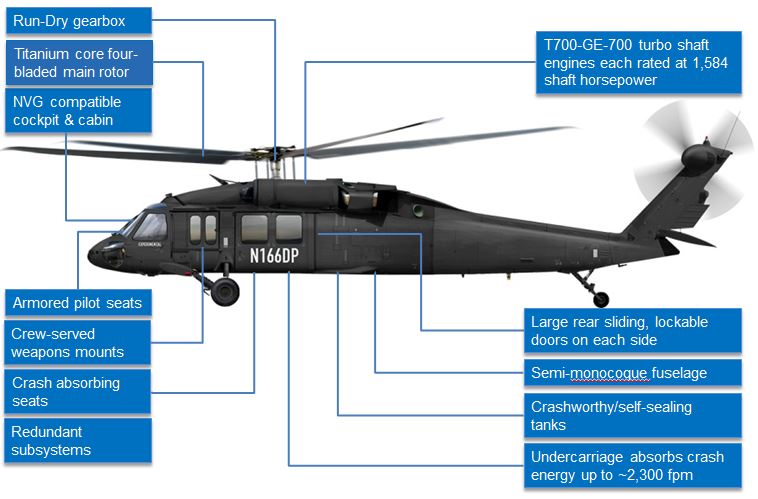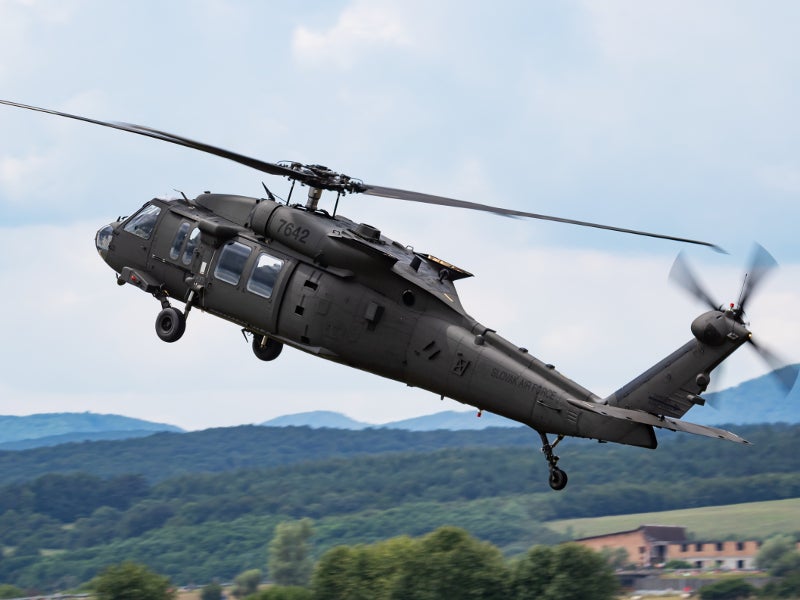Browsing Uh 60 Helicopter Laws and Conformity Requirements

Regulatory Framework Introduction
The governing structure regulating UH-60 helicopter operations encompasses a facility set of requirements and guidelines developed by aeronautics authorities. These laws are made to make certain the efficient and risk-free operation of UH-60 helicopters in various settings. The Federal Aeronautics Management (FAA) plays a main function in establishing and applying these guidelines, which cover a wide variety of operational elements, consisting of airworthiness requirements, pilot credentials, upkeep demands, and operational treatments.
Conformity with these policies is crucial for helicopter operators to keep the highest degree of security and operational honesty. Failing to comply with these policies can lead to significant consequences, consisting of accidents, injuries, and governing assents. Helicopter drivers have to remain educated concerning the newest regulatory developments and make certain that their operations are in complete compliance with all appropriate guidelines and standards.
Airworthiness Examinations and regulations
Among the regulative framework controling UH-60 helicopter operations, an essential emphasis pushes conformity with Airworthiness Directives and carrying out comprehensive examinations to support security criteria and operational reliability. Airworthiness Instructions (ADs) are released by aeronautics authorities to address risky problems in aircraft, including the UH-60 helicopter, and mandate certain activities to be taken by drivers or owners. Conformity with Advertisements is obligatory, and failure to follow these directives can result in major consequences, consisting of grounding of the airplane.
Routine assessments are paramount to making certain the airworthiness of UH-60 helicopters. By adhering to a rigorous evaluation routine, drivers can spot and address potential problems quickly, therefore enhancing the safety and security and dependability of UH-60 helicopter procedures.
Pilot Certifications and Training

Pilot training for UH-60 helicopters is detailed and covers a wide range of topics, consisting of airplane systems, emergency situation treatments, navigation, and mission-specific training. Furthermore, pilots undergo simulator training to exercise different emergency situations in a controlled setting. This training aids pilots create the needed skills to handle tough scenarios successfully.


Moreover, recurring training and specialist advancement are essential for UH-60 pilots to remain present with the most recent laws, modern technology, and ideal techniques. By spending in pilot certifications and training, operators can boost security, enhance performance, and make certain conformity with regulative requirements in the procedure of UH-60 helicopters.
Operational Limitations and Requirements
Pilot qualifications and training offer as Website the foundation for recognizing the operational restrictions and requirements related to UH-60 helicopter operations (uh 60). These operational constraints are established to make sure the security of the staff, guests, and the aircraft itself. Functional restrictions might include aspects such as weather, weight limitations, elevation restraints, and functional borders. It is crucial for pilots to be fluent in these constraints to make enlightened choices throughout flight procedures. Furthermore, compliance requirements, such as adhering to particular flight paths, interaction protocols, and emergency situation procedures, are necessary for maintaining functional safety and security and regulative conformity. Pilots must remain existing with all operational restrictions and requirements with normal training, briefings, and evaluates to minimize risks and make sure safe and efficient UH-60 helicopter operations. By prioritizing adherence to these operational standards, pilots can boost the overall security and performance of their goals while supporting regulative criteria.
Emergency Situation Treatments and Conformity Screening
Reliable emergency situation procedures and comprehensive compliance screening are crucial elements of keeping operational safety and security and regulative adherence in UH-60 helicopter procedures. Routine compliance screening ensures that the helicopter fulfills all regulatory needs set forth by aeronautics authorities.
Compliance screening likewise expands to devices onboard learn the facts here now the UH-60, such as interaction systems, navigation tools, and safety equipment. Guaranteeing that all equipment is working correctly and satisfies regulatory requirements is essential for risk-free procedures. Additionally, conformity testing may entail simulations of emergency situations to analyze the team's feedback and the helicopter's performance under stress and anxiety. By prioritizing emergency situation procedures and compliance screening, UH-60 drivers can mitigate dangers and show their commitment to security and regulative conformity.
Final Thought
Finally, adherence to governing framework, compliance with airworthiness regulations, pilot credentials and training, operational constraints, and emergency situation treatments are essential for navigating the regulations and requirements of running a UH-60 helicopter. uh 60. It is critical for drivers to focus on safety and security and make sure complete compliance with all appropriate policies to maintain click this site the airworthiness and operational honesty of the airplane
Browsing the regulative landscape surrounding UH-60 helicopter procedures requires a nuanced understanding of the complex web of guidelines and compliance needs.Conformity with these policies is important for helicopter operators to keep the highest degrees of security and operational honesty.Among the regulative framework controling UH-60 helicopter procedures, a vital focus exists on conformity with Airworthiness Directives and conducting thorough inspections to promote security standards and functional reliability.Reliable emergency situation procedures and detailed compliance screening are important components of keeping operational safety and security and regulative adherence in UH-60 helicopter operations. Normal compliance screening guarantees that the helicopter fulfills all regulative needs set forth by aeronautics authorities.